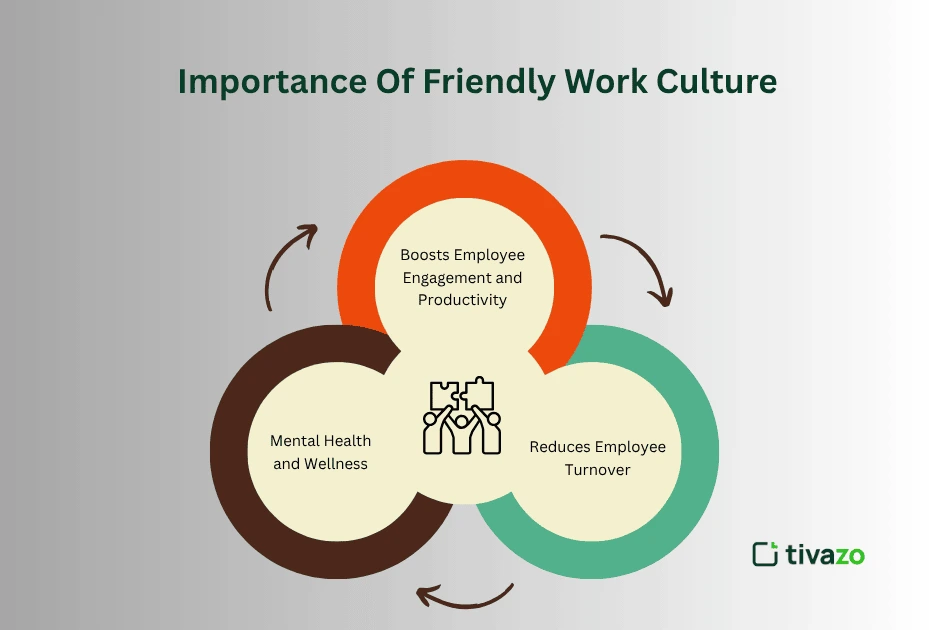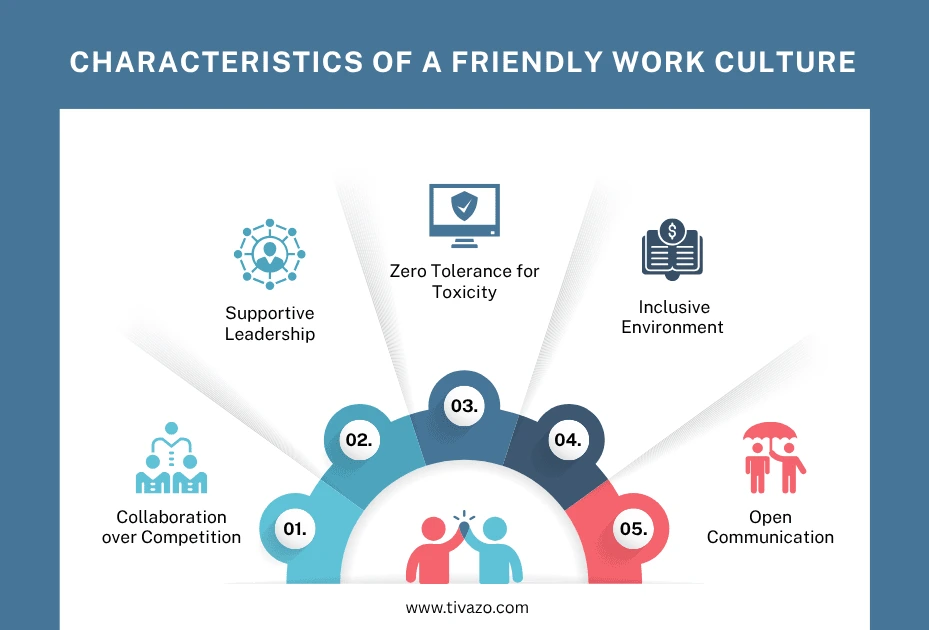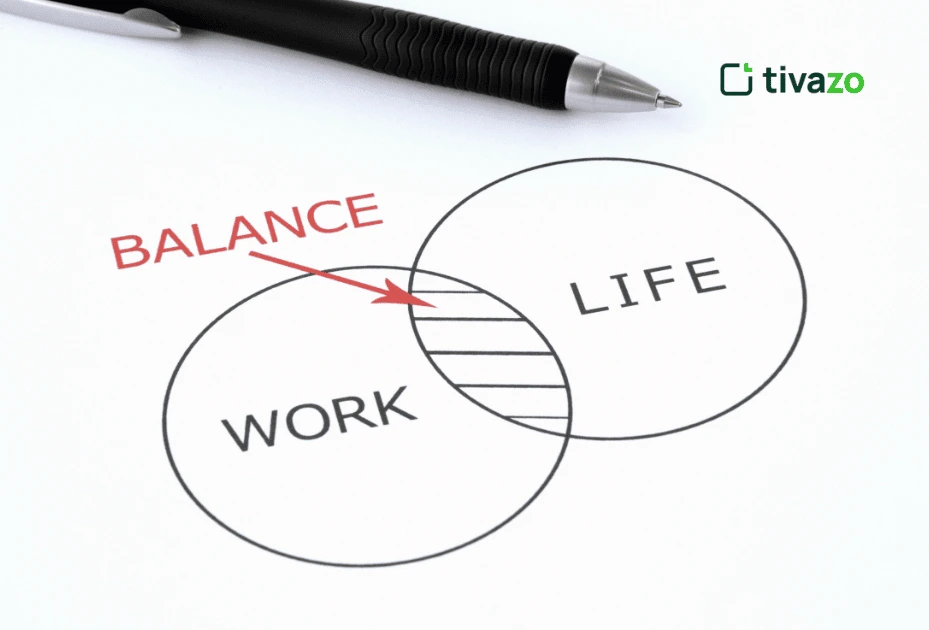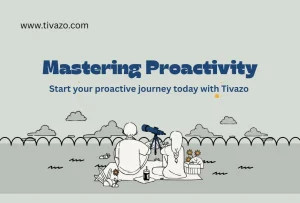Have you ever entered a work environment where everybody is smiling, ideas are shared easily, and people just love coming into work? That is the beauty of the friendly work culture, and it is more effective than you can imagine.
In today’s world, establishing a friendly work culture does not simply mean being nice; it entails establishing a positive work environment that enhances employee engagement, team collaboration, and retention. Employees flourish when they are respected and supported, and your business will too.
This guide decomposes the process of establishing a good working culture that employees will really love. Whether it is promoting open communication or rewarding accomplishments, you will get to know effective actions that can create a happy, inclusive, and productive work environment where top talents will be engaged and retained.
Key Highlights:
- Why Friendly Work Culture Matters More Than Ever?
- Characteristics of a Friendly Work Culture
- How to Build a Friendly Work Culture: 10 Proven Strategies
- Friendly Work Culture vs. Fun Culture: Know the Difference
- How Tivazo Can Help Create a Friendly Work Culture In the Office
- Checklist for Leaders: Building a Friendly Work Culture
What Is a Friendly Work Culture?
A friendly work culture is where respect, kindness, support, and cooperation are the order of the day. It is an environment where they are likely to feel psychologically safe, appreciated, and encouraged to give their best without fear of judgment and being disregarded.
As opposed to competitive, blame-crazed, and stressful work environments, a friendly culture makes room for straight talk, team building, and emotional health.
Why Friendly Work Culture Matters More Than Ever?
Making the work culture friendly is no more a fad, but a strategic imperative. With all the businesses shifting to meet the changing demands of the employees, the workplace environment assumes a character-defining overall success. This is where an amiable work culture comes into play more than enough.

1. Boosts Employee Engagement and Productivity
A 2023 Gallup report reveals that companies with highly engaged employees are 23 percent profitable and 18 percent more productive than their peers. Once employees feel like part of something and that they are valued, then naturally they give more.
With a positive and friendly environment, all of the friction that can exist in the workplace is eliminated, communication is opened up, and a sense of purpose can be achieved, which all combine to create better outcomes.
2. Reduces Employee Turnover
Job hopping is a trend, particularly amongst Gen Z and Millennials. Yet what keeps employees around? Culture.
Research conducted by Glassdoor states that 77 percent of job seekers research the culture of a company before applying to it, and 56 percent claim that a good work culture is even more significant than salary.
The Talent stays in a friendly work environment because it is not only about the paycheck, but it is about belonging.
3. Enhances Mental Health and Wellness
A friendly work culture facilitates emotional intelligence, sound work-life balance, and empathy. This is a direct fight against workplace stress, anxiety, and burnout, which impact more than 60 percent of employees worldwide, as stated by the World Health Organization.
An actual good working atmosphere results in more joyful groups, enhanced cooperation, and viable commercial expansion. When invested in a friendly work culture today, it creates the essence of a stable and future-centric workforce.
Characteristics of a Friendly Work Culture

A friendly work culture doesn’t just happen—it’s built on intentional values and daily practices. Recognizing the core traits of such a culture can help companies create a workplace where employees feel safe, valued, and motivated.
1. Open Communication
In a friendly work culture, open communication is not an exception, but the rule. Employees are listened to, and no one judges you or your ideas, and there is also a two-way flow of feedback. This open culture enhances trust, bonding of the team, as well as better decision-making at every level.
You May Also Like: 7 types of communication barriers at the office
2. Zero Tolerance for Toxicity
There can never be a good working environment where negativity is allowed to fester. Amiable workplaces make it clear that they will not tolerate any bullying, micromanagement, gossip, or alienation. This emotional safety allows all people to feel respected and goal-oriented.
3. Supportive Leadership
A friendly work culture is also important and can be formed with the help of supportive leadership. Great managers do not command at the top, but they guide, mentor, and listen. They establish psychological safety, establish connections with their teams, and provoke growth and loyalty.
4. Recognition and Appreciation
Frequent employee appreciation is a feature of a good workplace culture. Whether it is a mere thank you or a celebratory announcement of accomplishments, recognition of effort goes a long way in making people feel special. This creates morale, fosters the furtherance of excellence, and increases employee involvement.
5. Inclusive Environment
An inclusive work culture is one that promotes diversity through friendly celebrations. When individuals with distinct backgrounds, identities, and worldviews are made to feel welcome, innovation and creativity thrive. Diversity reinforces organizational culture and makes a team more cohesive and future-focused.
6. Collaboration over Competition
In the best company cultures, it’s not about who wins—it’s about how the team wins together. Collaborative workplaces focus on shared goals, mutual support, and lifting each other up rather than internal competition. This fosters camaraderie, trust, and better overall results.
The traits of a friendly work culture serve as the foundation for lasting employee satisfaction and team success. By embracing these principles, companies can create a workplace where people don’t just work—they thrive.
How to Build a Friendly Work Culture: 10 Proven Strategies
1. Hire for Attitude and Empathy
One can teach skills, but not kindness and teamwork. Begin with the recruitment of individuals who appreciate respect and teamwork rather than egoism and competition.
Hint: Behavioral interview questions, such as “Describe a situation when you assisted a coworker without being requested to do so,” should be incorporated.
2. Train Leaders to Lead with Compassion
Cultures of friendliness trickle down. Managers have to demonstrate care by modeling compassionate behaviors, supporting bonding in teams, and implementing open-door policies.
It is stated that emotionally intelligent managers work in firms that report a 20 percent higher employee satisfaction rating (Harvard Business Review).
You May Also Like: 7 Best Different Leadership Theories You Need To Know
3. Foster Team Bonding Activities
Never undermine the effectiveness of fun. Lunch together (team lunch), virtual games, birthday wishes, or even Slack memes can make people closer.
Unique Tip: Implement Friend Fridays where the employees get to talk about their co-workers- this increases bonding and recognition.
4. Recognize and Reward Often
Appreciation does not only happen during performance appraisals. Recognize small victories in front of others by using internal newsletters or shoutouts, and appreciation walls.
Install Bonusly or HeyTaco and other tools to make peer-to-peer recognition feel like a game.
5. Encourage Transparency and Feedback
Human beings desire to be listened to. Do anonymous surveys regularly, one-on-ones, and all-hands meetings where the leadership provides business updates and welcomes input.
Pro tip: Employ Start, Stop, Continue frameworks in order to frame feedback sessions.
You May Also Like: Self Evaluation Performance Review: 7 Proven Tips to Excel
6. Prioritize Work-Life Balance

Value working hours. Promote vacations. Restrict after-hours mail. Such small gestures indicate that the company cares about the welfare of its employees.
Data Insight: A report by Forbes contends that organizations with a high focus on work-life balance experience 25 percent more employee loyalty.
7. Make Diversity and Inclusion Real
Multicultural teams are more intelligent, creative, and compassionate. Hiring is not enough, so develop ERGs (Employee Resource Groups), cultural events, and D&I training.
Add Value: Provide Culture passes. Employees can share their cultural holidays with the rest of the team- everyone will feel acknowledged.
8. Design Friendly Physical and Virtual Workspaces
The environment supports a friendly culture. physical space Use collaborative seating, breakout areas, and soothing colors. In remote teams, establish virtual chill rooms or open Zoom meetings where people can have informal conversations.
You May Also Like: 15 Must-Know PC Tips and Tricks for Better Performance
9. Promote Psychological Safety
Employees must feel safe to share ideas, admit mistakes, or challenge decisions without fear.
Leaders can encourage this by:
- Admitting their own mistakes.
- Welcoming diverse opinions.
- Practicing active listening.
10. Celebrate Milestones Together
A work anniversary, promotion, or a new whatever the reason, when life events are celebrated by the entire team, human connection in the workplace is enhanced.
Real-Life Example: How Canva Built a Friendly Work Culture
The design platform giant, Canva, is the shining example of the friendly work culture done right. They value transparent communication, workplace recognition, and diversity, which are applied in the form of the 5 values of “Be a Good Human” and hiring inclusive policies. Canva has more than 90 percent great place to work according to the employees. Flexible work practices, staff parties, and a clear sense of mission demonstrate that a positive work culture can be the secret to innovation, low turnover, and worldwide popularity: Canva makes sure that its employees have fun at work.
Result? Canva boasts one of the highest Glassdoor scores worldwide and has been continuing to receive the best talent.
Friendly Work Culture vs. Fun Culture: Know the Difference
Though it may appear similar, friendly work culture and fun culture are not synonymous. A positive work culture aims at developing respect, trust, inclusion, and authentic relations among the employees. It ensures psychological safety, free communication, and effective teamwork. Meanwhile, fun culture usually focuses on superficial benefits such as game rooms, pizza Fridays, or team outings.
Fun activities are quick fixes to increase morale, but they do not capitalize on the fact that they are needed in a good working environment where individuals feel relaxed and appreciated on a daily basis. It is revealed that companies priding themselves on kindness and respect over those that just aim at fun excel more (Harvard Business Review). To engage and retain workers in the long term, the strategy of fostering a friendly workplace can never be underestimated.
How Tivazo Can Help Create a Friendly Work Culture In the Office
Tivazo fosters a truly friendly work culture by enhancing communication, transparency, and employee engagement. Its real‑time tracking and idle‑time alerts provide managers with actionable insights, helping them recognize extra effort and promote employee appreciation. The platform supports team collaboration through integrated dashboards and automated reports, reducing friction and boosting workplace harmony.
Built‑in features for screenshot monitoring and productivity tracking help ensure accountability without micromanagement, creating trust and a positive office environment. Available on Windows, Mac, and Linux, Tivazo is ideal for both in‑office and hybrid teams, helping managers nurture an inclusive team culture while maintaining clarity on goals and support across all locations.
Friendly Culture in Hybrid Teams
Creating a friendly work culture in hybrid teams requires intentional effort, but it’s entirely possible—and necessary. In a mix of remote and in-office setups, companies must foster open communication, inclusivity, and trust across all channels. Tools like Slack, Zoom, and Tivazo can maintain transparency and collaboration, while regular virtual check-ins and team-building activities help remote employees feel connected.
According to McKinsey, hybrid teams thrive when leaders focus on empathy, flexibility, and clear expectations. Encouraging a positive work environment where every voice is heard, regardless of location, strengthens team cohesion and prevents isolation. A successful, friendly workplace in hybrid models ensures all employees feel equally valued, supported, and engaged.
Friendly Work Culture Metrics
It is easy to speak about a friendly work culture, but how can you tell that it is actually functioning? The advantage of measuring culture is that it allows leaders to understand whether things are improving or going wrong early and use the data to make decisions that enhance the employee experience.
1. eNPS (Employee Net Promoter Score)
Employee Net Promoter Score (eNPS) is an effective yet very simple metric that questions the employees about how likely they would recommend their workplace to other people. An eNPS score that is high is an indicator of high job satisfaction, confidence in the leaders, and work environment, whereas a low score may identify the existence of suppressed frustrations.
2. Pulse Surveys
Pulse surveys are brief, regular surveys that monitor employee engagement, satisfaction, and morale on a regular basis. These observations assist HR departments in keeping track of the well-being of a cordial work culture and address arising concerns promptly.
3. Turnover Rate
A low turnover rate is a good indication of a healthy supporting culture in which employees feel appreciated and are willing to remain. A high turnover of people may indicate a sign of a sick or detaching culture and should be addressed as soon as possible.
A friendly work culture cannot be measured only in numbers, but it is more about how people actually feel in the workplace. With the appropriate measurements, companies can constantly create a working environment in which staff members feel secure, engaged, and inspired to develop.
You May Also Like: What is meant by employee retention?: 8 proven benefits
Checklist for Leaders: Building a Friendly Work Culture
Creating a friendly work culture starts at the top. Leaders set the tone for how people treat one another, how communication flows, and how problems are addressed. Use this quick checklist to assess and improve your leadership approach.
1. Model Respectful Behavior
- Do I treat all team members equally, regardless of title or background?
- Do I address issues calmly and respectfully, even under pressure?
2. Promote Open Communication
- Do I encourage team members to speak up during meetings?
- Do I actively listen without interrupting or judging?
3. Recognize and Appreciate Often
- Do I thank employees for their contributions regularly?
- Have I acknowledged at least one team member’s effort this week?
4. Prioritize Team Well-being
- Am I respecting employees’ work-life boundaries?
- Do I check in on their workload and mental health periodically?
5. Support Diversity and Inclusion
- Have I created a space where different perspectives are heard?
- Do I challenge bias and favoritism when I see it?
6. Lead with Empathy
- Do I take the time to understand my team’s personal challenges?
- Have I offered help or flexibility when someone is struggling?
7. Foster Collaboration, Not Competition
- Am I rewarding team efforts just as much as individual achievements?
- Do I encourage knowledge-sharing and team bonding?
8. Set the Tone for Psychological Safety
- Can my team admit mistakes or share concerns without fear?
- Do I show vulnerability and openness as a leader?
9. Maintain Transparency
- Am I clear and honest about company goals, challenges, and changes?
- Do I give constructive feedback in a way that motivates?
10. Keep Growing as a Leader
- Have I sought feedback from my team recently?
- Am I investing in my leadership development and emotional intelligence?
Final Thoughts
A friendly work culture isn’t just about being nice—it’s a strategic advantage. It fosters innovation, reduces friction, retains top talent, and builds strong employer branding.
In today and beyond, companies that invest in relationships, not just results, will stand out as the most resilient, respected, and rewarding places to work.
How do you define a good work culture?
A culture built on trust, open communication, recognition, and shared values that support employee well-being.
What is a toxic workplace culture?
A negative environment with poor communication, bullying, favoritism, and high stress.
How to make staff feel valued?
Recognize achievements, listen actively, involve them in decisions, and support their growth.




